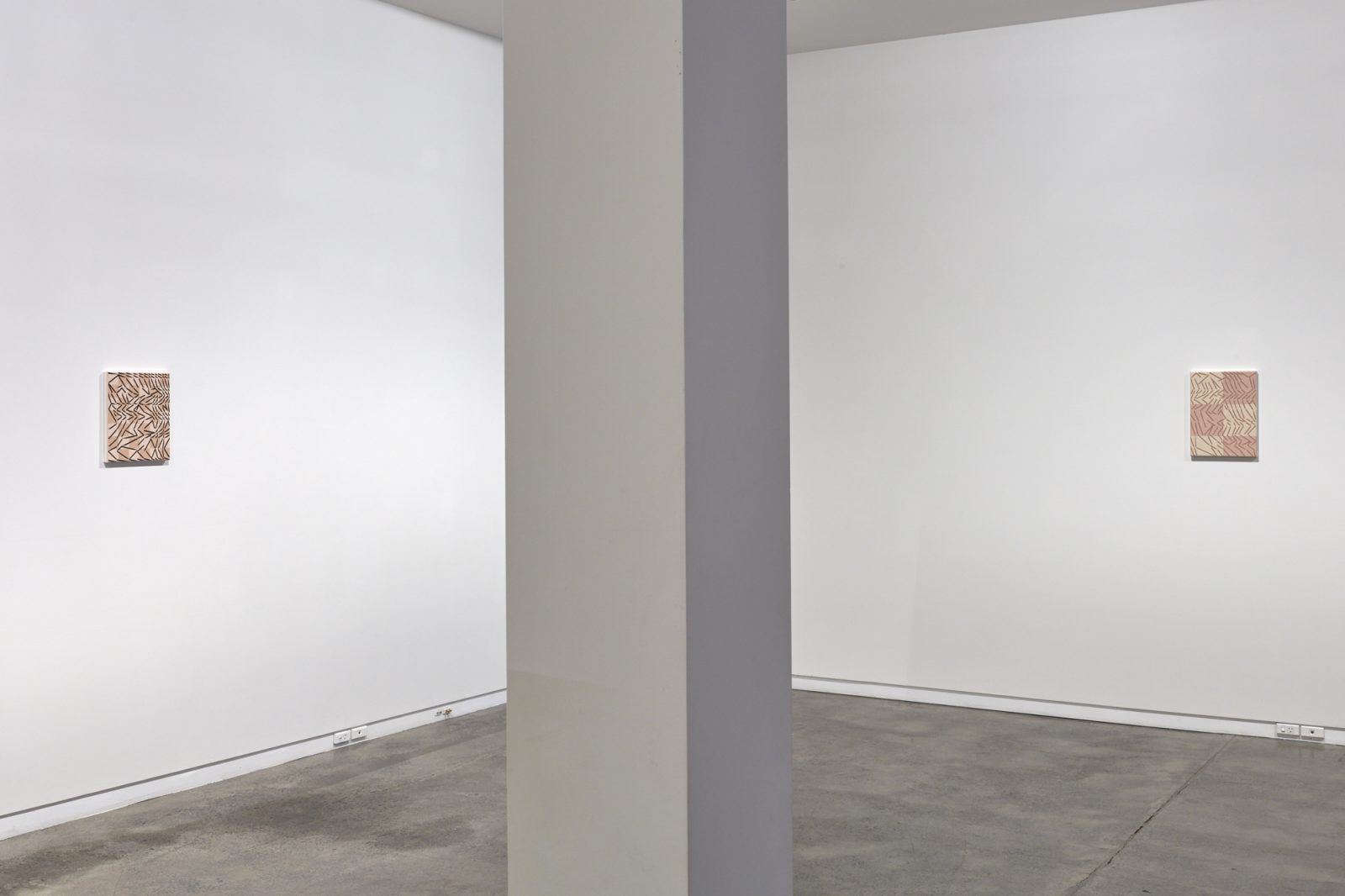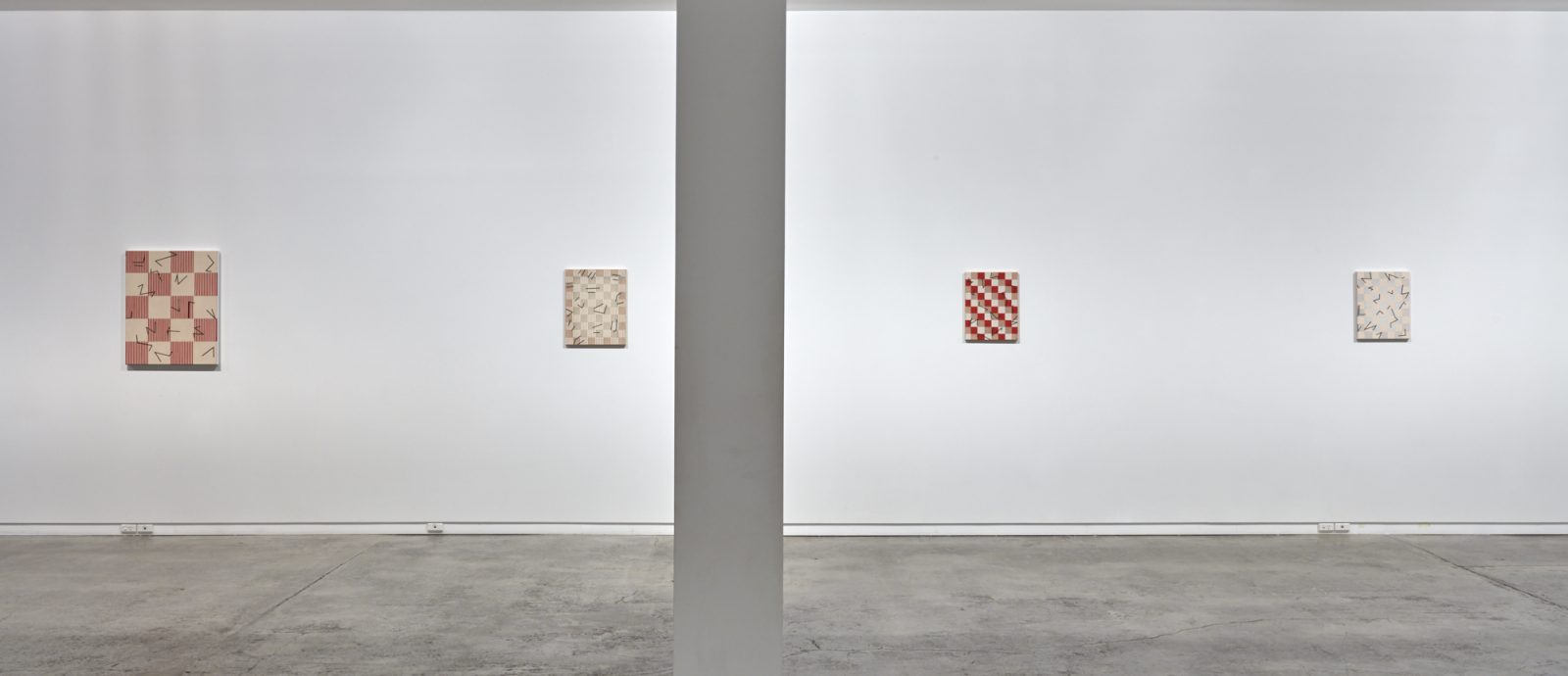Selina Foote
The Pink Morning
14 July - 12 August 2017
The Pink Morning, a suite of new paintings by Selina Foote, references the exquisite 1874 work ‘La Matinee Rose’, by Eva Gonzalez. Foote has used reproductions of historic portraits as source material from which geometric shapes and palettes are gleaned to inform new abstract paintings. For this exhibition she researched into the works of women impressionist painters; in particular Berthe Morisot, Mary Cassatt, and Eva Gonzales. The subject matter of these impressionist works depict domestic scenes inhabited by the artists’ friends or family members, often in interior spaces, capturing private moments reading, grooming, or occupied with childcare. For instance, in La Matinee Rose (also known as The Nest), the subject is a woman attending to puppies in a basket, and another fine work by Gonzales Nounou references Nanny with Child (Nounou avec enfant c.1877-78). Similarily, Mother and Child were drawn from Mary Cassatt’s (Woman in a Red Bodice with her Child, c. 1901).
Foote has developed drawings from these reference artworks whereby line and form are reduced into an abstracted composition and the source becomes no longer visible. These drawings form the framework for new paintings and when combined with rules informed by the medium, new compositions develop. For example, while the stretcher bars might dicate the width of a grid, elements in a source painting might interrupt that grid creating areas of varied density.
In Yve-Alain Bois’ 1990 essay ‘Painting: A Task of Mourning’, he said, “One can conclude then that, if the match “modernist painting” is finished, it does not necessarily mean the game “painting” is finished: many years are to come for this art” (1). Rather than considering painting’s history as a linear trajectory, this game theory suggests matches could be successive, overlapping, or parallel to each other. This opens up the possibility of revisiting these ‘matches’ and referencing ‘moves’, using this history to inform new works.
In revisiting historic works, Foote explores the notion of the potential of the past, or the way in which the legacy of art history is a constant for contemporary painters. There are vestiges of the original artwork on the fresh silk and cotton surfaces, with the final outcome influenced by the former. In this way Foote compresses the past and present into one plane so that the original is still very much present as a spectral entity. Further to this, Foote’s methodology of working from a reproduction of a painting rather than from the original object identifies the reproduction as a thing in itself. It must undertake a process of becoming a painting, while already representing one.
Selina Foote graduated with a Master of Fine Arts from Elam school of Fine Arts from University of Auckland in 2011. She was included in Prospect: New Zealand Art Now 2011, curated by Kate Montgomery at City Gallery, Wellington and presented an installation at the Window Project Space, University of Auckland in the same year. Foote has work in the collections of the Chartwell Trust/Auckland Art Gallery and Museum of New Zealand; Te Papa Tongarewa. Foote lived in London and travelled extensively in Europe in 2014 and 2015 researching into the work of late 19th century and early 20th century women artists. She currently lives and works in Auckland.
(1) Bois, Yve-Alain. Painting as Model. Cambridge: The MIT Press, 1990. p.242.
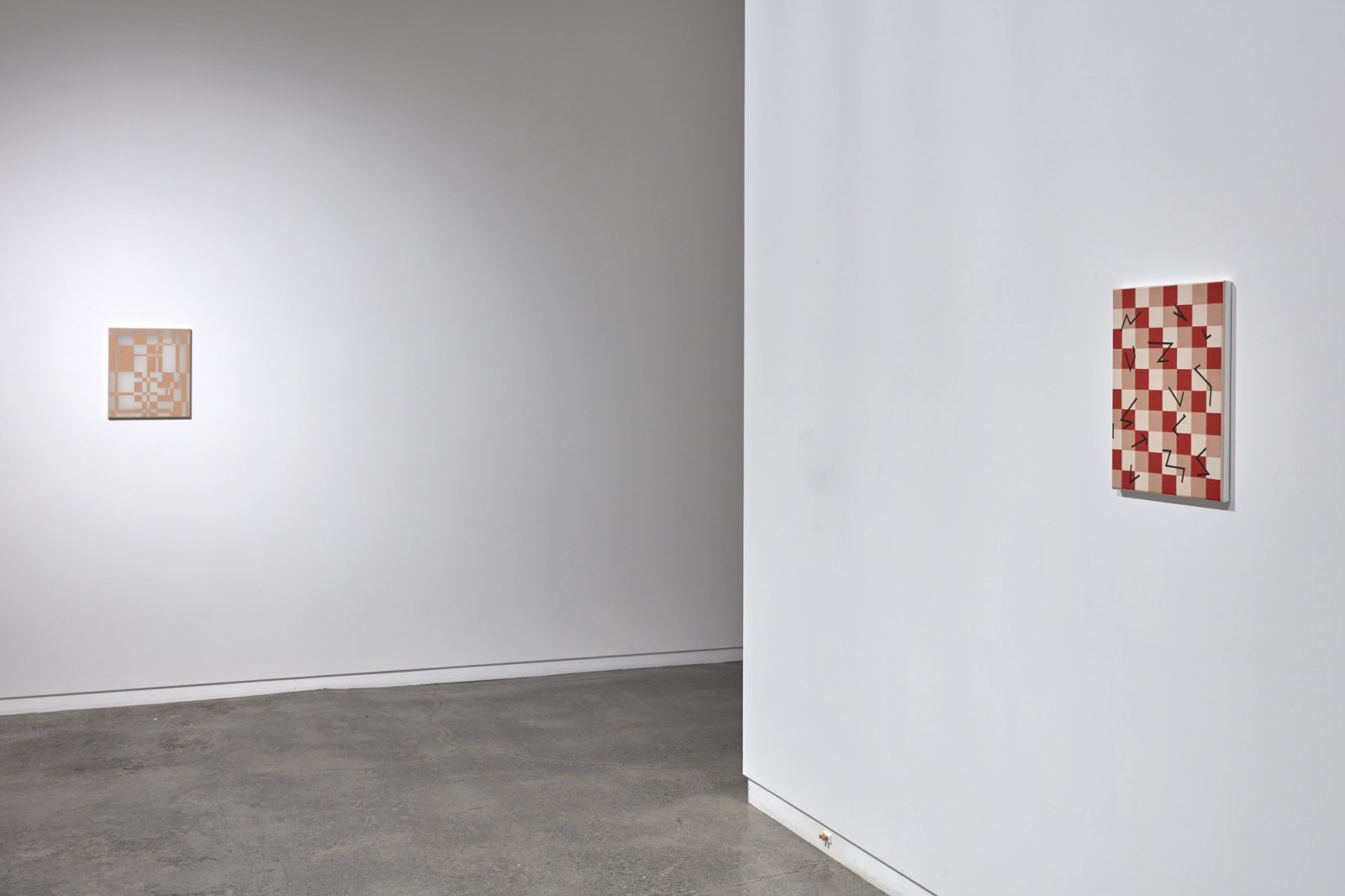
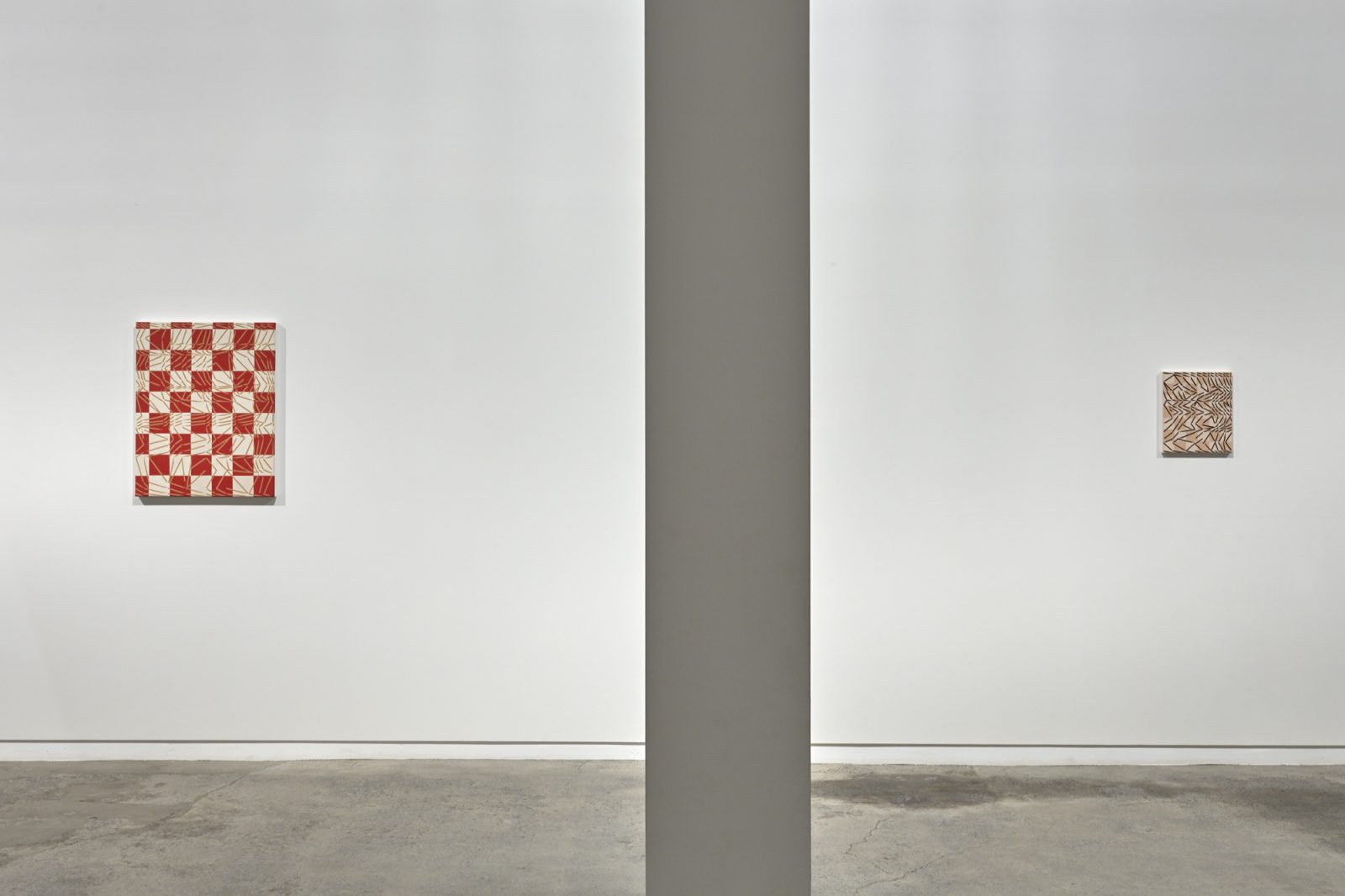
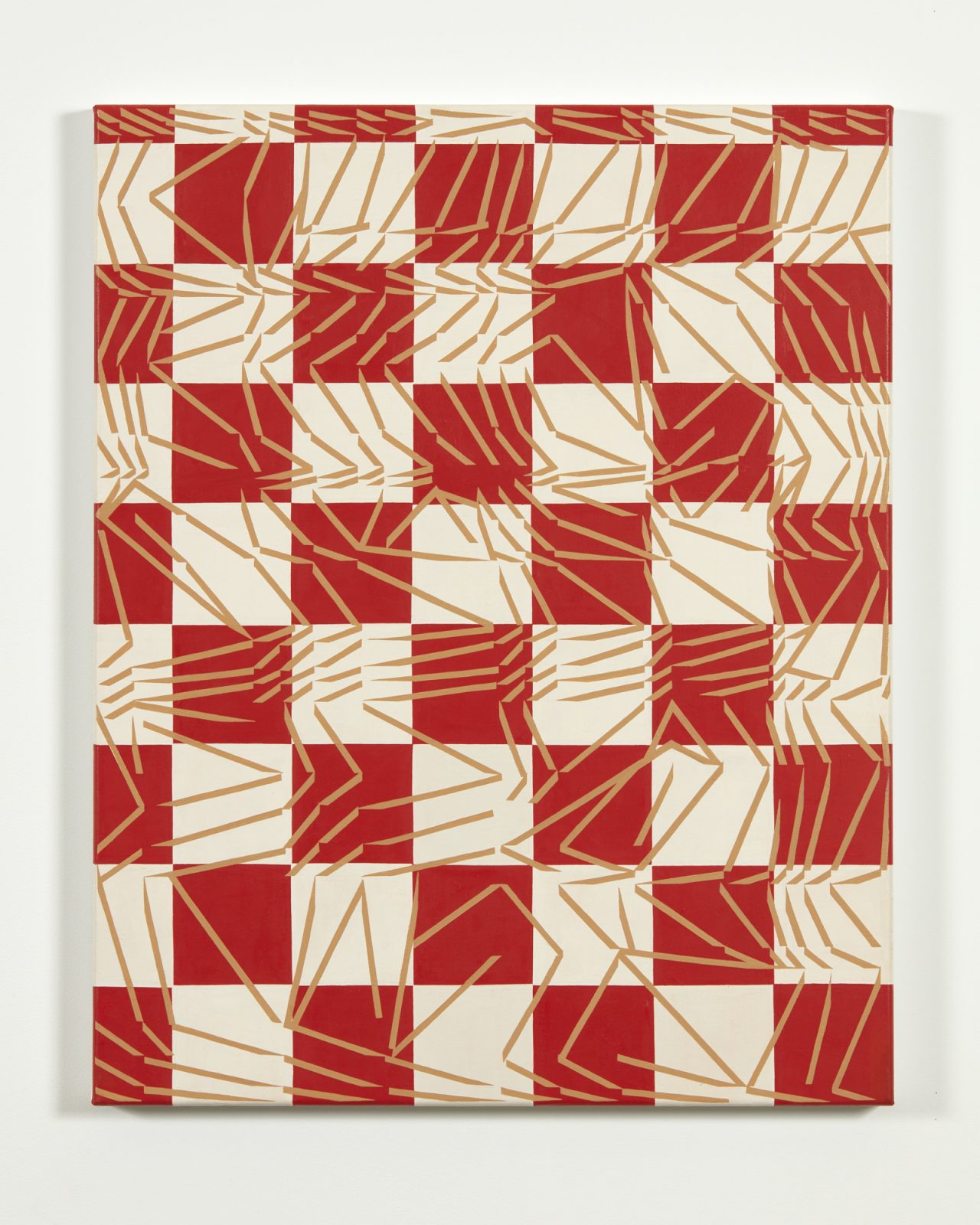
Oil on canvas
750 x 600 mm
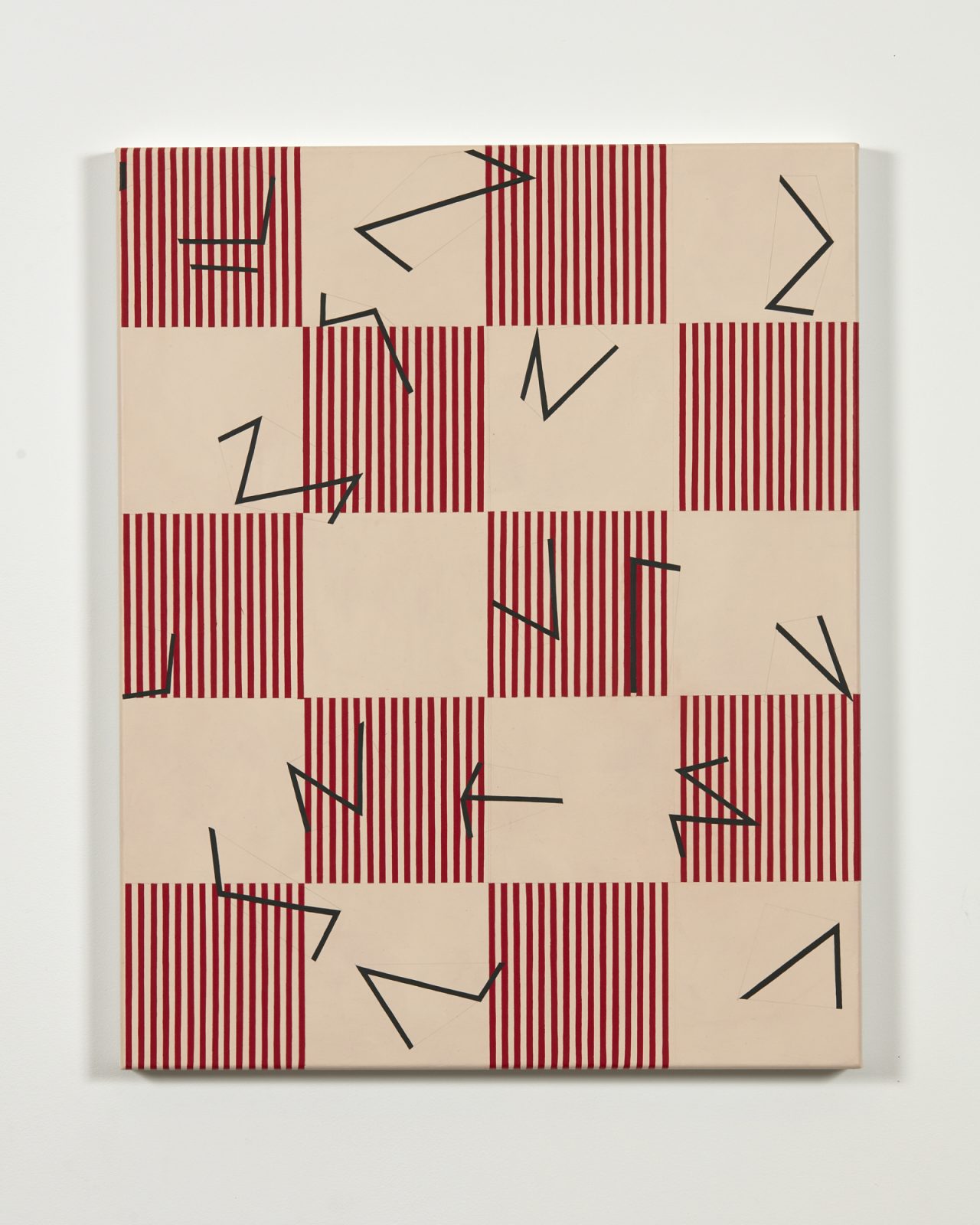
Oil on canvas
750 x 600 mm
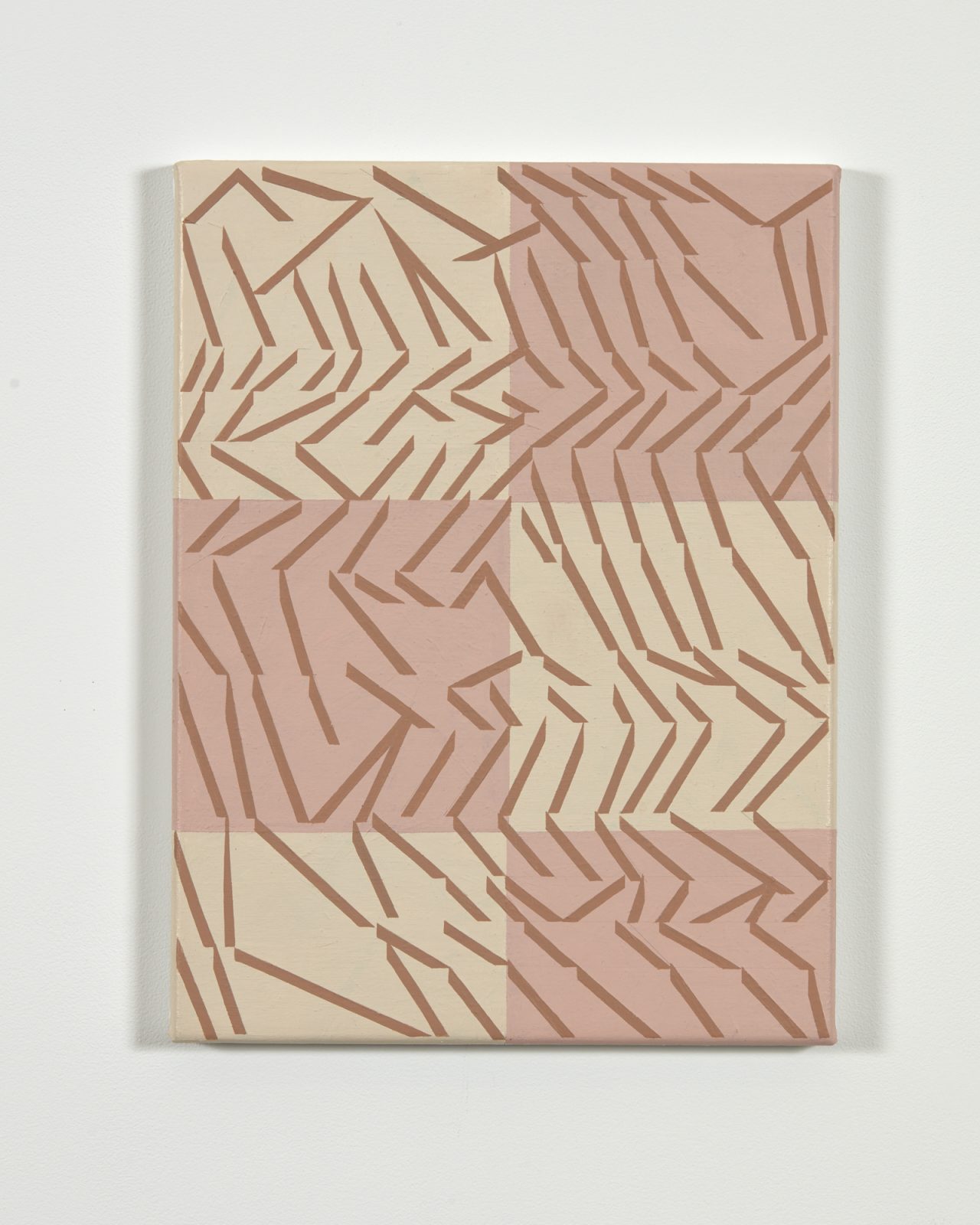
Oil on canvas
305 x 405 mm
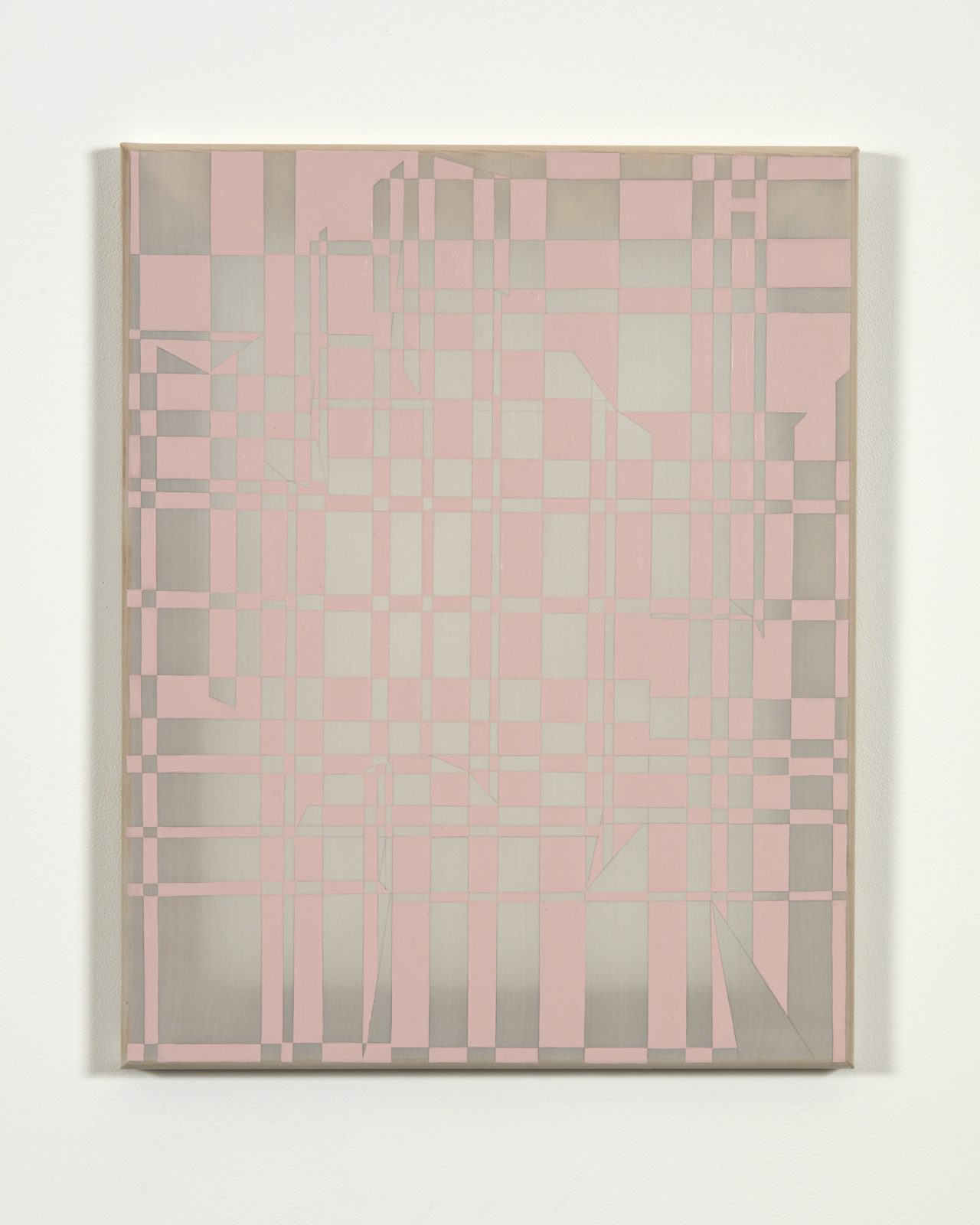
Acrylic on silk
505 x 400 mm
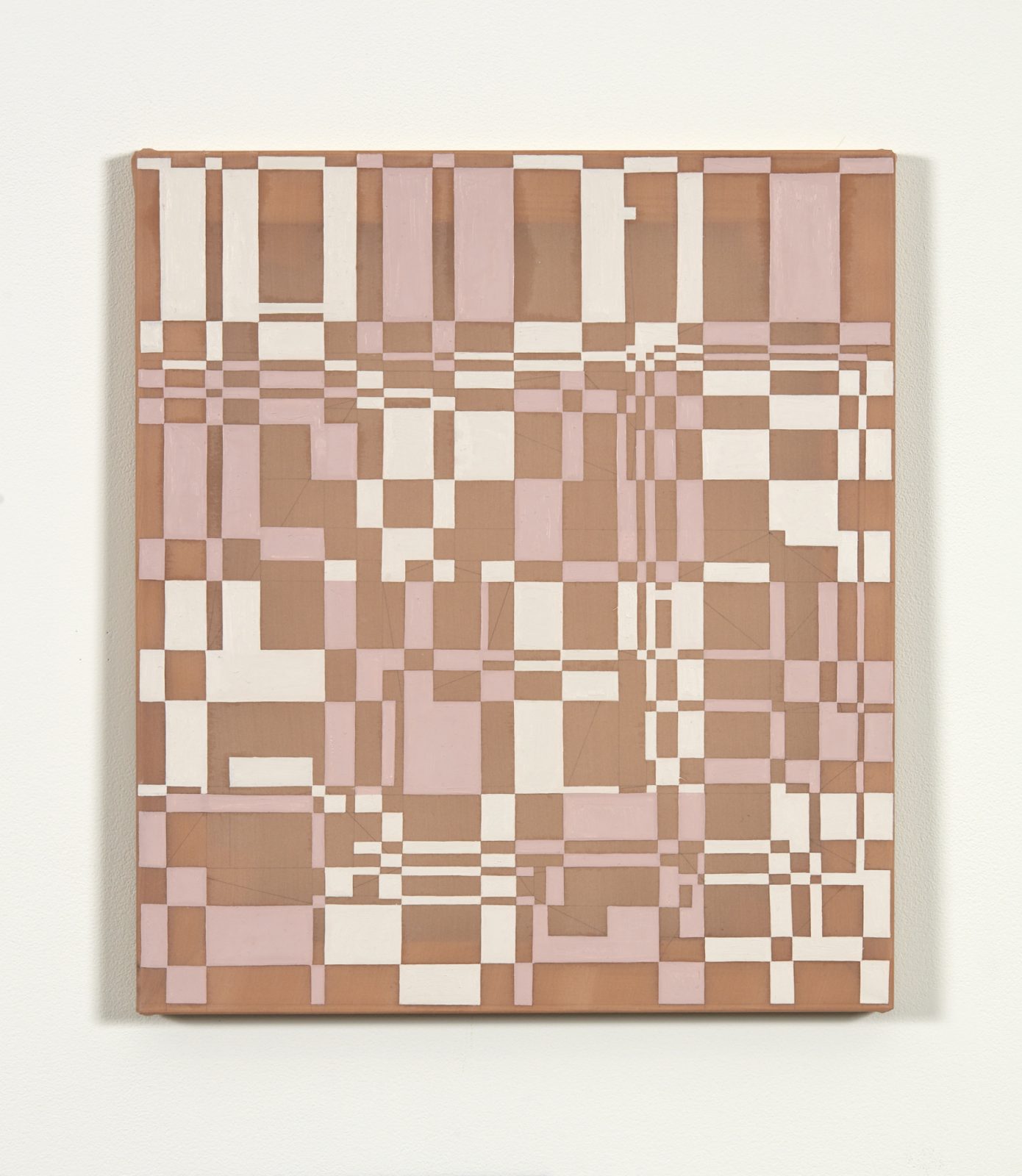
Oil on silk
405 x 360 mm
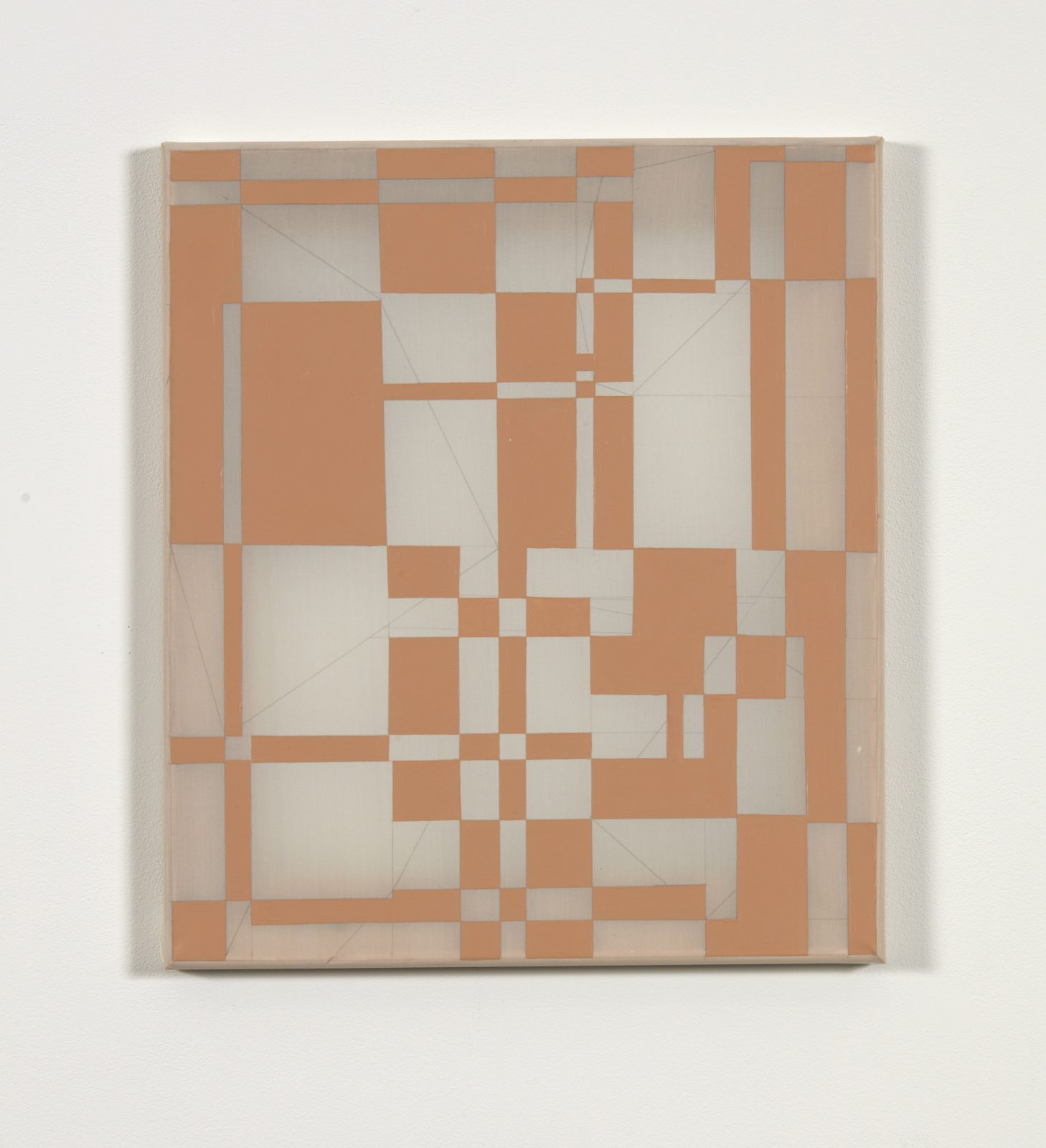
Acrylic on silk
400 x 350 mm
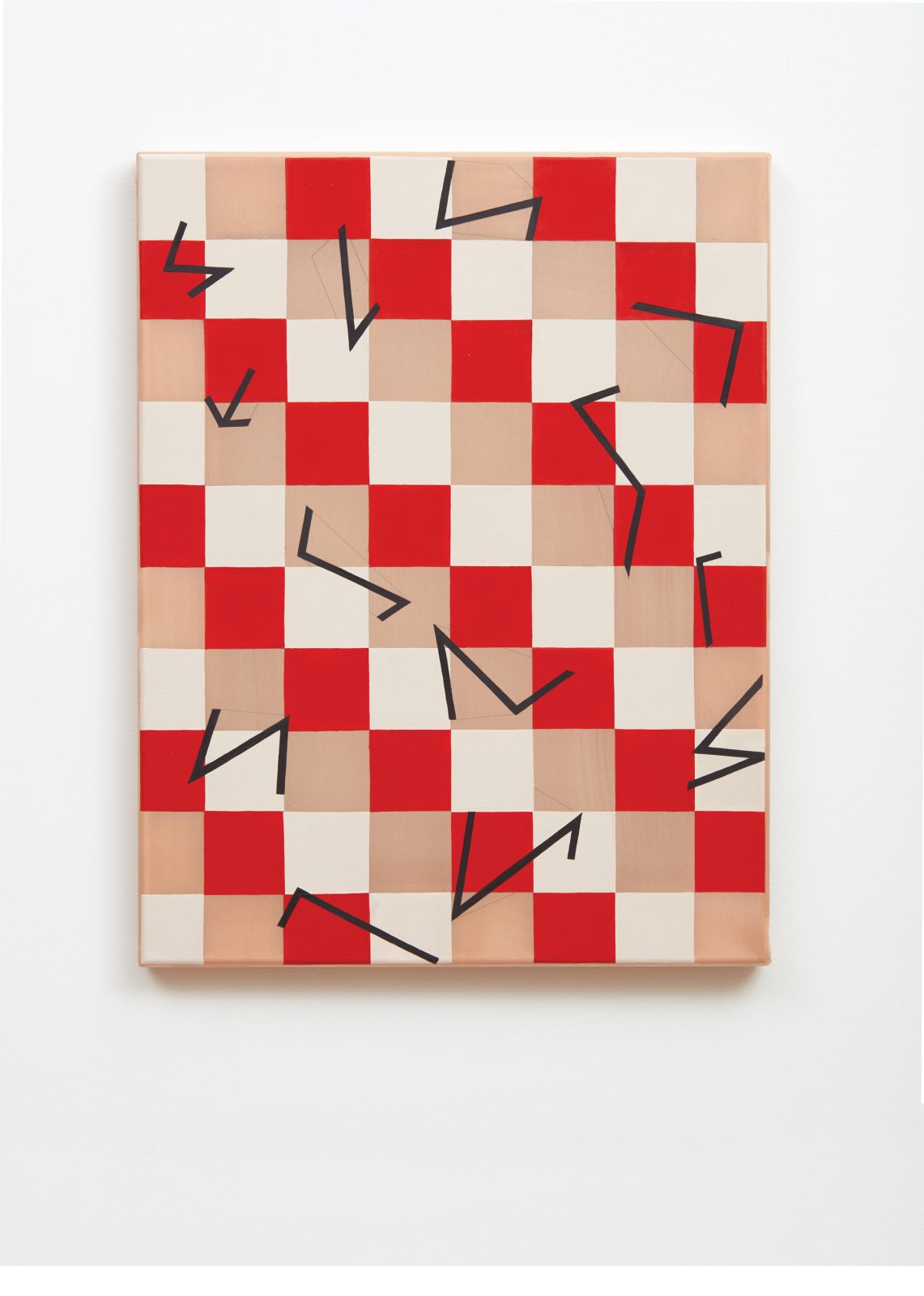
Acrylic on silk
450 x 350 mm
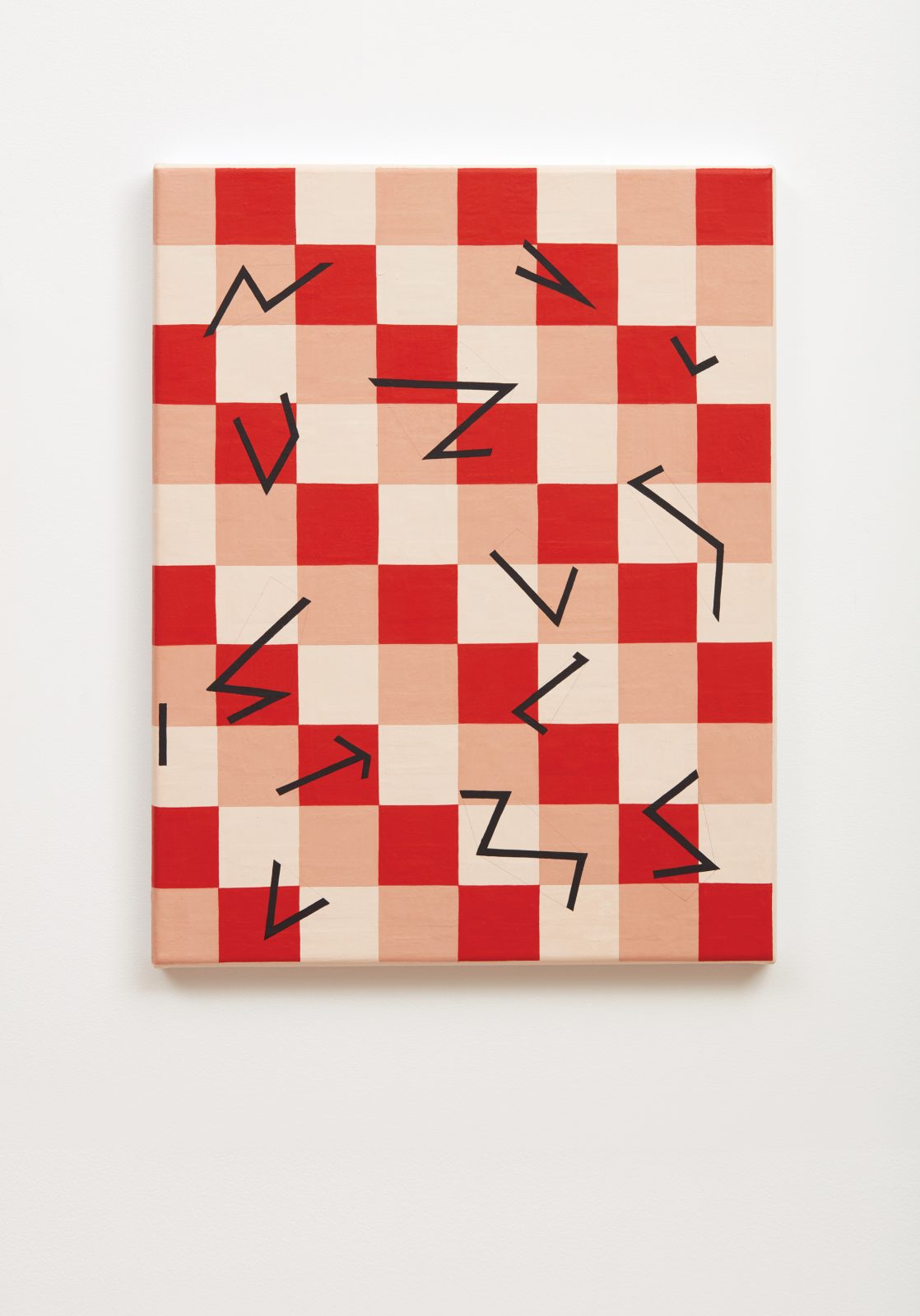
Oil on canvas
455 x 350 mm
